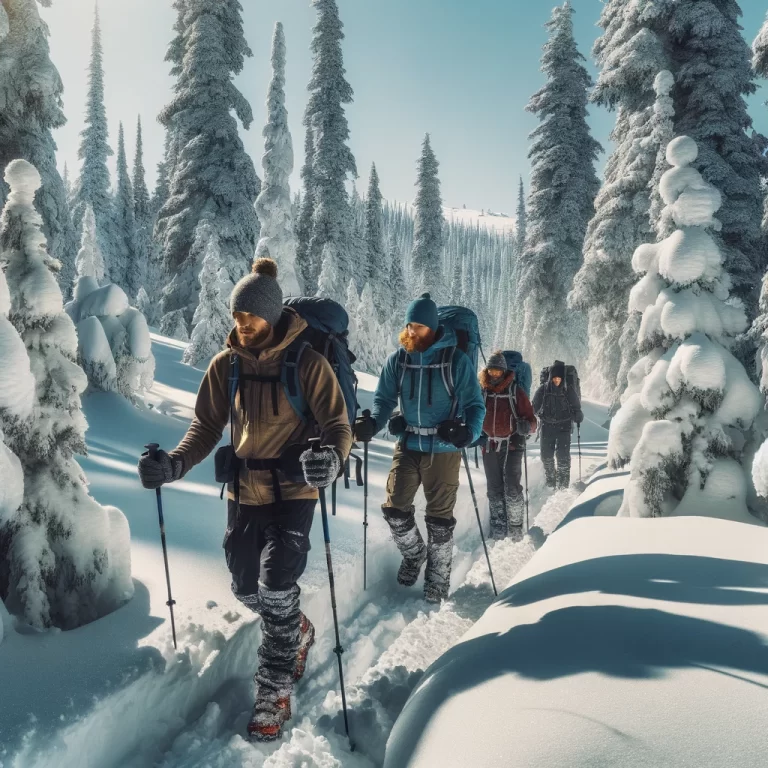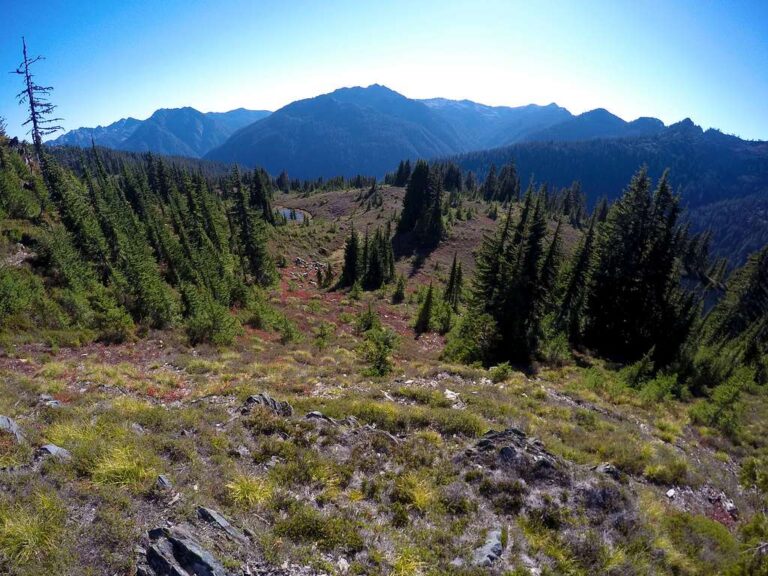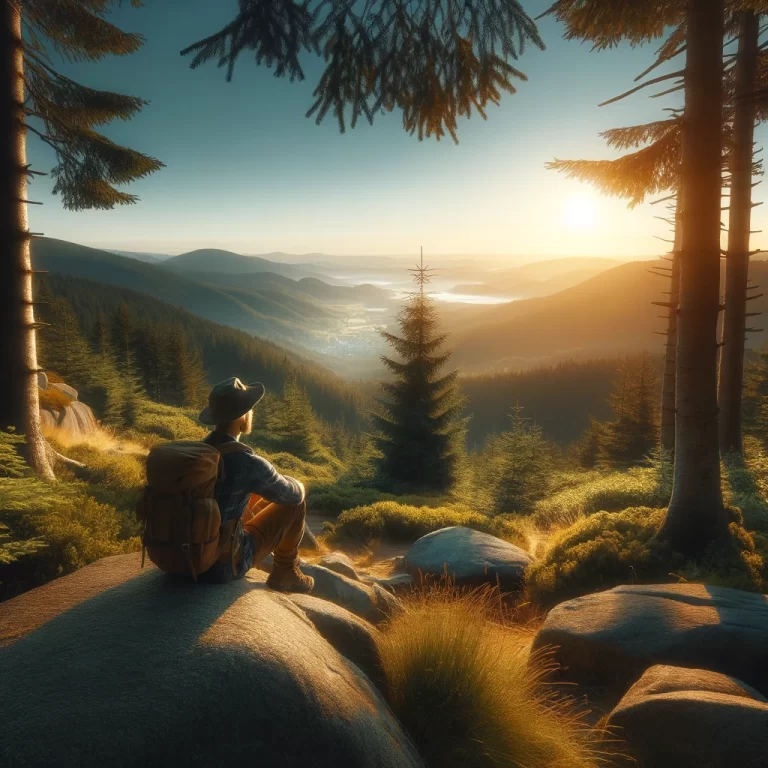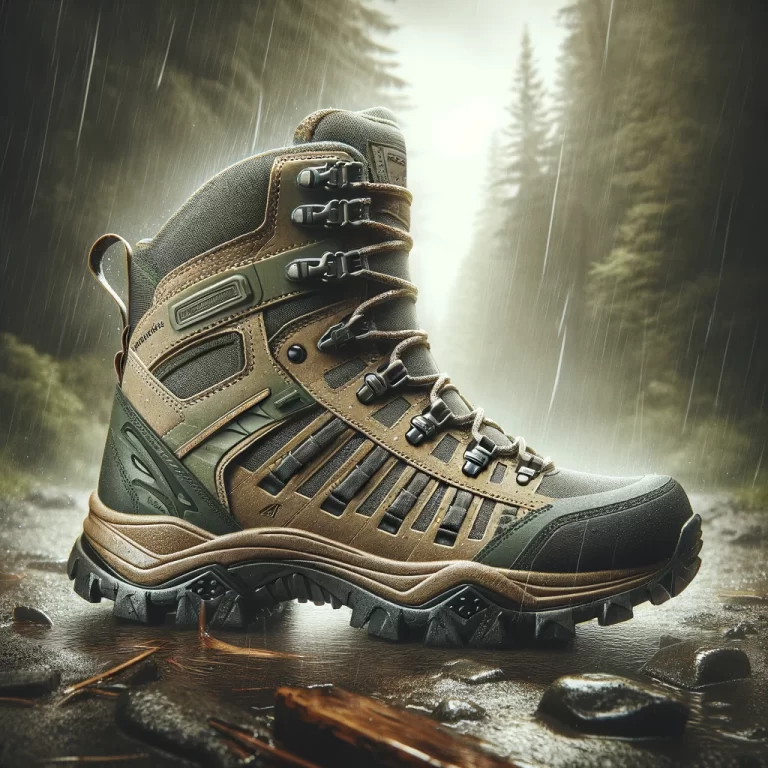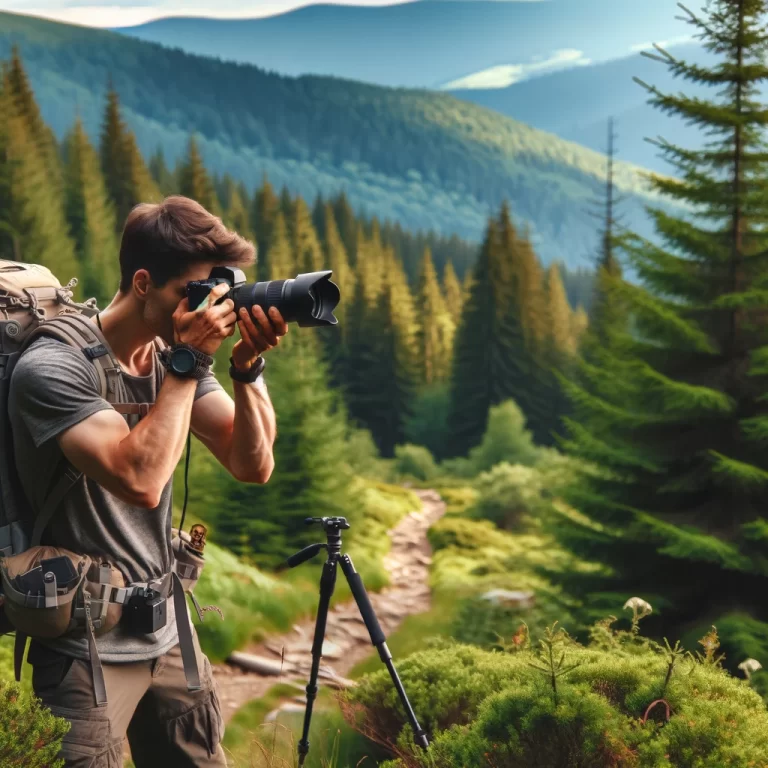As an outdoor enthusiast who has spent countless hours exploring the verdant trails of the Pacific Northwest, I’ve learned the importance of minimizing our impact on these precious natural environments. The region’s trails, from the misty rainforests to the rugged coastline, are not just pathways for our enjoyment; they are also vital ecosystems that require our respect and protection. In this blog post, I’ll share some key practices for minimizing your footprint while enjoying the breathtaking beauty of the Pacific Northwest trails.
1. Stick to the Trails
The lush landscapes of the Pacific Northwest are home to delicate ecosystems. Straying off marked trails can damage undergrowth, cause soil erosion, and disturb wildlife habitats. Always stick to designated paths and respect trail closures and restoration areas.
2. Leave No Trace
The Leave No Trace Seven Principles are a set of guidelines designed to minimize outdoor enthusiasts’ impact on the environment. These principles include planning ahead, disposing of waste properly, and respecting wildlife. By following these guidelines, we can ensure that the trails and natural areas remain pristine for future generations.

Plan Ahead and Prepare
Research your trail and its regulations before you set out. This includes understanding the trail’s difficulty, checking weather conditions, and knowing what to expect in terms of terrain and wildlife.
Travel and Camp on Durable Surfaces
Durable surfaces include established trails and campsites. In more remote areas, concentrate use on areas where vegetation is absent.
Dispose of Waste Properly
Pack it in, pack it out. This mantra should guide your approach to waste. All trash, leftover food, and litter should be packed out. For human waste, use established toilet facilities or dig a cat hole 6 to 8 inches deep at least 200 feet from water, trails, and camp.
Leave What You Find
Preserve the past and respect nature by not touching cultural or historical structures and artifacts. Leave rocks, plants, and other natural objects as you find them.
Minimize Campfire Impacts
Use a lightweight stove for cooking and enjoy a candle lantern for light. If you must build a fire, use established fire rings, keep fires small, and burn all wood to ash.
Respect Wildlife
Observe wildlife from a distance and never feed animals. Feeding wildlife damages their health, alters natural behaviors, and exposes them to predators and other dangers.
Be Considerate of Other Visitors
Respect other trail users and protect the quality of their experience. Be courteous, yield to other users on the trail, and make noise to alert wildlife of your presence.
3. Pack Out Trash (Including Biodegradable Items)
It’s crucial to pack out all trash, including items like fruit peels and nutshells, which can take years to decompose. Even biodegradable items can attract wildlife and alter natural behaviors.
4. Use Eco-Friendly Products
From sunscreen to bug spray, opt for eco-friendly and biodegradable products. These products are less harmful to the environment and local wildlife.
5. Control Your Pet
If pets are allowed on the trail, keep them under control at all times. This means keeping them on a leash and cleaning up after them. Pets can disturb wildlife and other hikers and may also be at risk from natural hazards.
6. Share Your Knowledge
Educate others by sharing the principles of Leave No Trace. By spreading awareness, we can collectively work towards preserving the natural beauty of the Pacific Northwest.
Exploring the trails of the Pacific Northwest is a privilege that comes with responsibility. By minimizing our impact, we contribute to the conservation of these magnificent landscapes for future generations to enjoy. Remember, every small action counts when it comes to protecting our planet. Let’s enjoy the great outdoors responsibly!
